When it comes to cybersecurity, downloading a security suite or crafting passwords for your social media accounts is one of the first things that comes to mind. However, a crucial action that’s often overlooked is protecting the actual source of your Internet — your home network.
In fact, the FBI recently discovered that 130,000 Asus routers were hacked. What’s more, the hacker was selling one database that contained the personal information of 500,000 Americans.
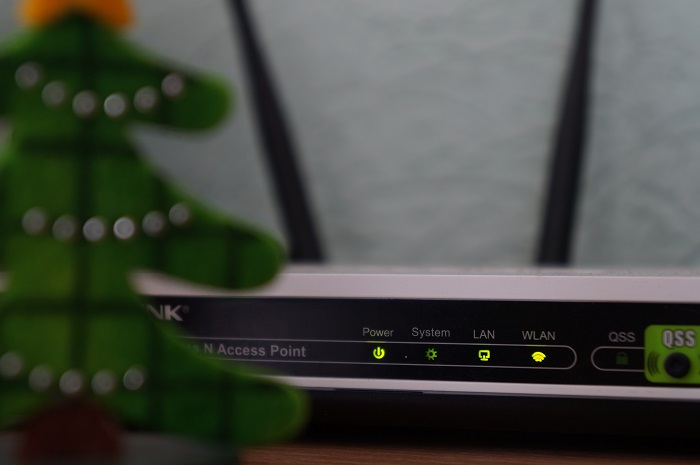
There’s more to your home network security than simply sharing your Wi-Fi password with guests. When your home network gets hacked, cybercriminals will be able to gain access to the connected devices, upload malware, and even conduct cyber attacks through your network. That said, here’s what you need to know to secure your home network.
Read Also:
How to Secure Your Home Network
1. Change Your Network Name
Most manufacturers provide their routers with a default service set identifier (SSID), which is essentially the name of your home network. Since most routers are given an SSID that starts with the manufacturers’ name, cybercriminals will likely already know the vulnerabilities of your home network in order to infiltrate it.
In this regard, a simple yet powerful way to secure your home network’s SSID is to change it to a more unique name. However, be sure to not disclose any personal information like your name or house, as these can weaken your network’s security.
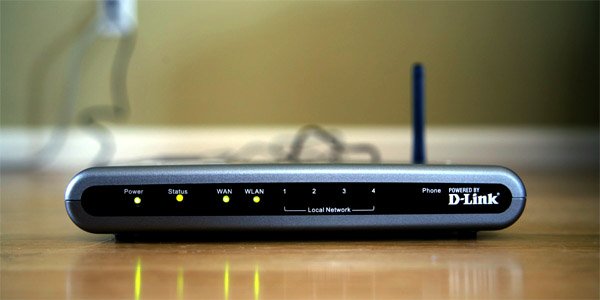
2. Switch to a Private IP Address
Home networks are usually assigned an IP address from the Dynamic Host Configuration Protocol (DHCP). Though DHCP is a safe and reliable procedure for networks, its commonality means that hackers can easily steal IP addresses from its pool.
To this end, you can secure your router by changing your IP address to a private network. As we’ve previously shared here, a good suggestion would be the Internet Assigned Number Authority (IANA) assigned private IP address: 192.168.15.1.
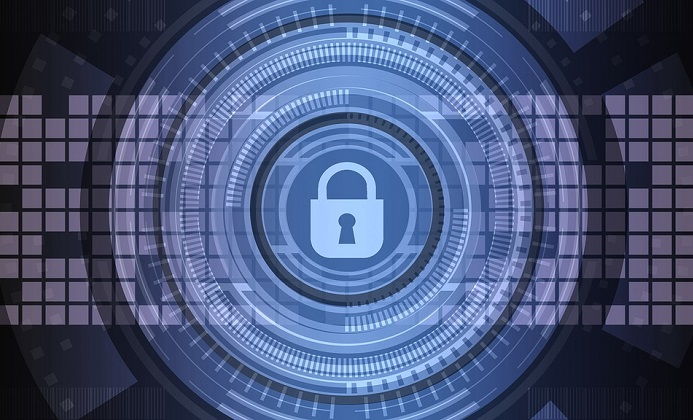
It heightens your router’s security by giving you access to your router’s administrative panel and improving various security settings. To change your IP address to this private option here’s what you need to do:
Step 1: Using your router’s default username and password, log in to your router’s current IP address’ administrative panel.
Step 2: Then, look for the LAN and DHCP settings.
Step 3: Change the public address to the 192.168.15.1 IP address.
Step 4: Lastly, click save or submit to finalize the changes.
3. Update Your Router Firmware
Just like your other devices, your router software also needs to be updated from time to time for security reasons. From patching up security flaws to addressing new and developing threats, a firmware update ensures that your home network’s security features are up to date.

Not to mention, HP points out how firmware updates also serve to enhance network speed. It’s important to note though that updating the firmware will depend on your router’s make and model, so be sure to check the manufacturer’s website for key updates.
If you’re not sure where to start, here are some helpful steps to updating your router’s firmware:
Step 1: Connect your router to the computer with an Ethernet cable.
Step 2: Go to the manufacturer’s website to download the firmware update.
Step 3: Log in to the web management page and select the download firmware option.
Step 4: Reboot your router to complete the update.
4. Use a Firewall
As explained by Business2Community, a firewall acts as a barrier between your computer and the internet to block out traffic or threats. For instance, when browsing online, the firewall will check if the website contains unwarranted data packets that could harm your network.

Though most networks have built-in firewalls, they’re sometimes disabled. You can turn on your network’s firewall by heading over to your security settings, but this will depend on your computer’s model.
Read Also:
For Windows users, you can find it under the ‘Home or Work Network Location Settings’ section. Meanwhile, those with Mac computers can locate by going to ‘System Preferences’ and clicking on ‘Security’.
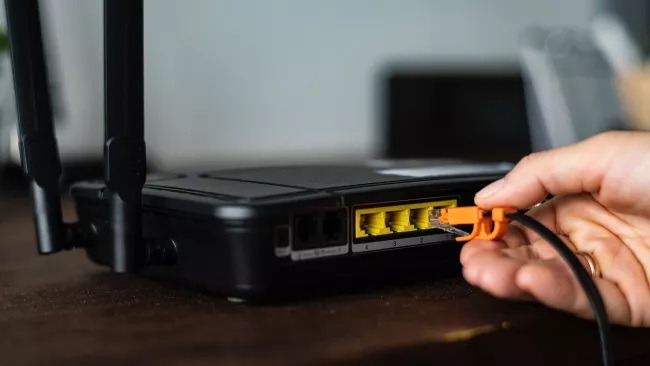
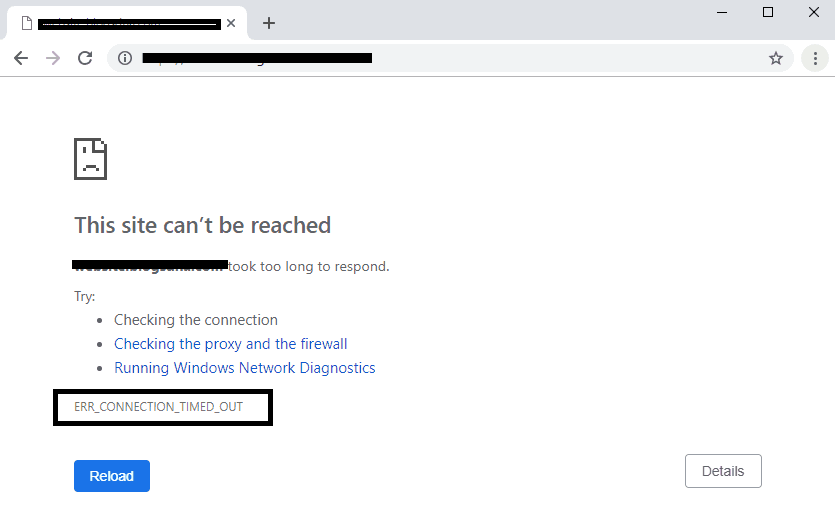


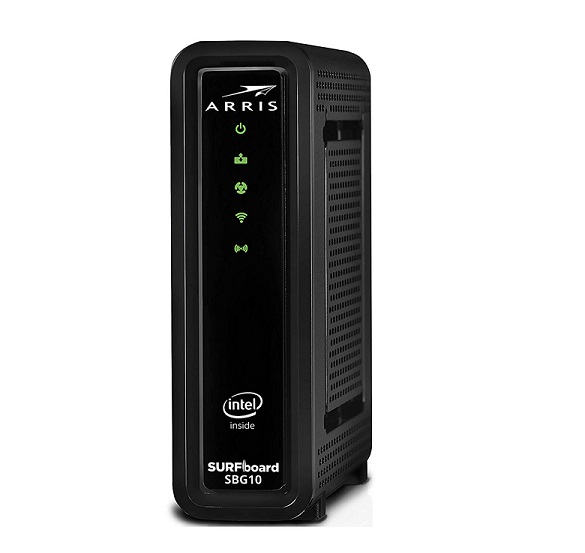
Leave a Reply